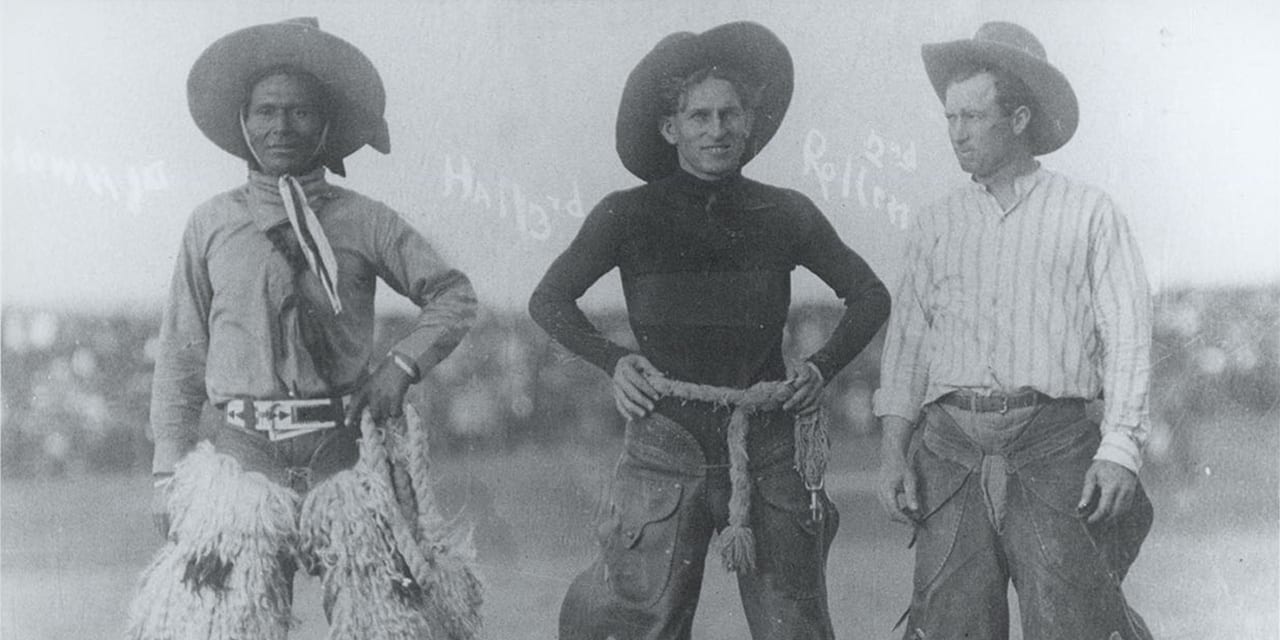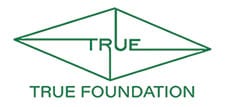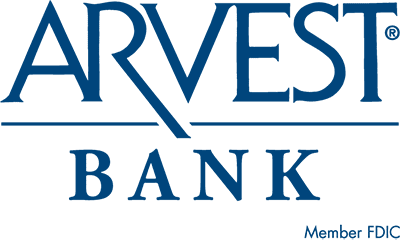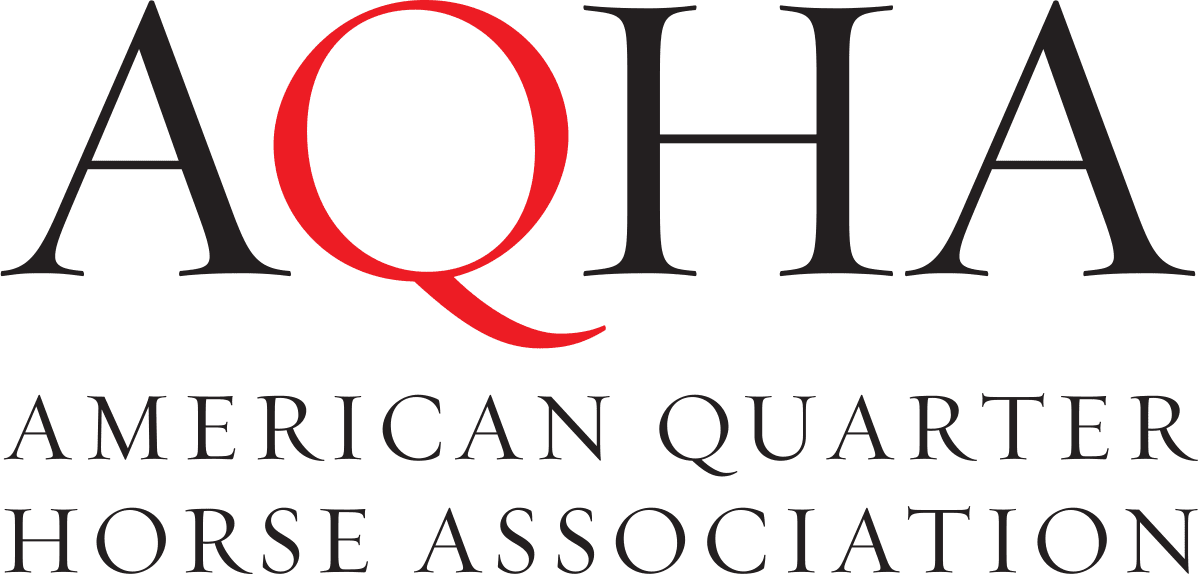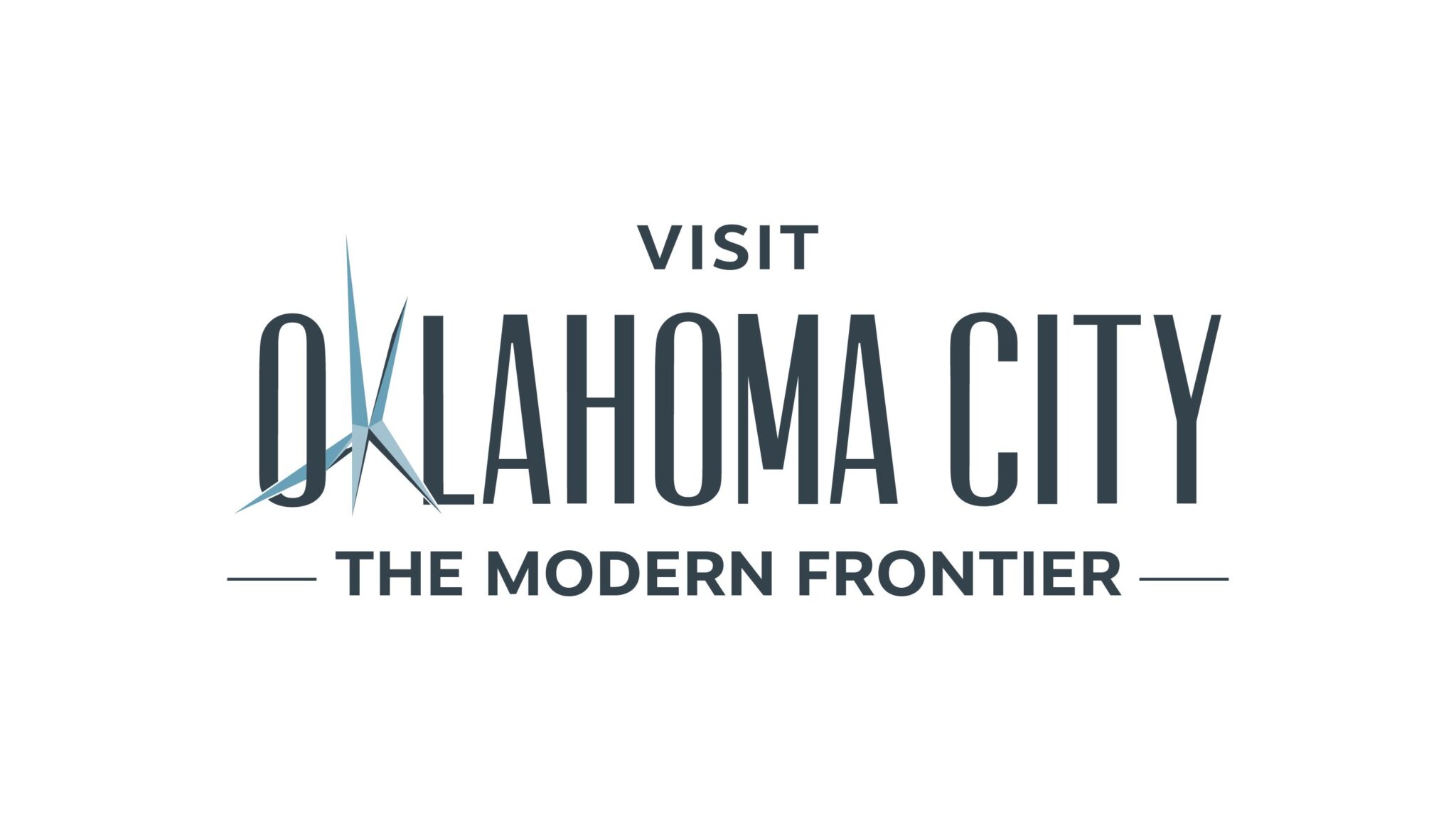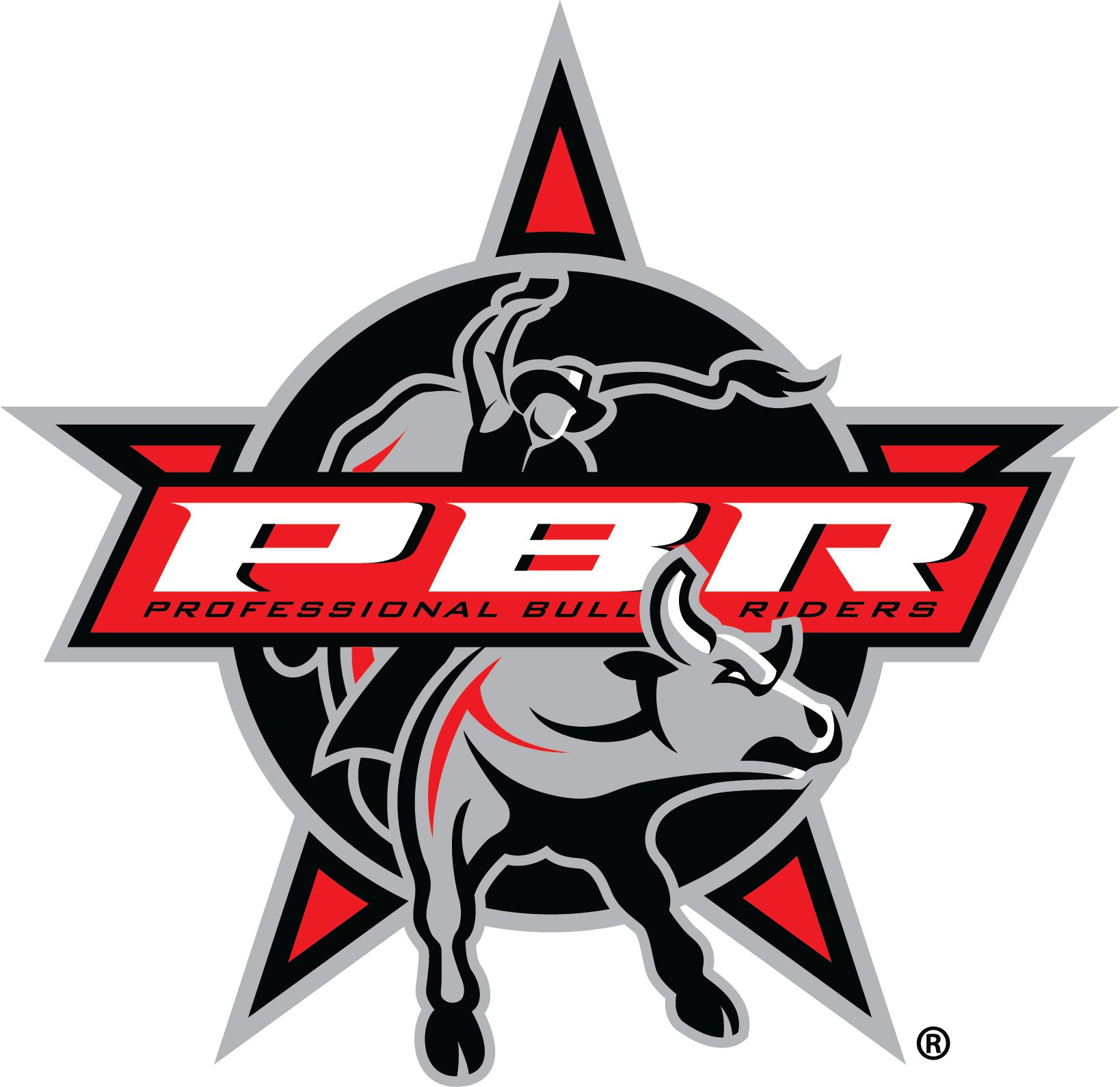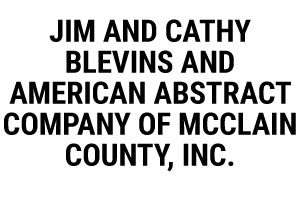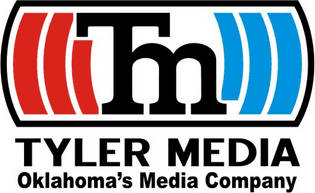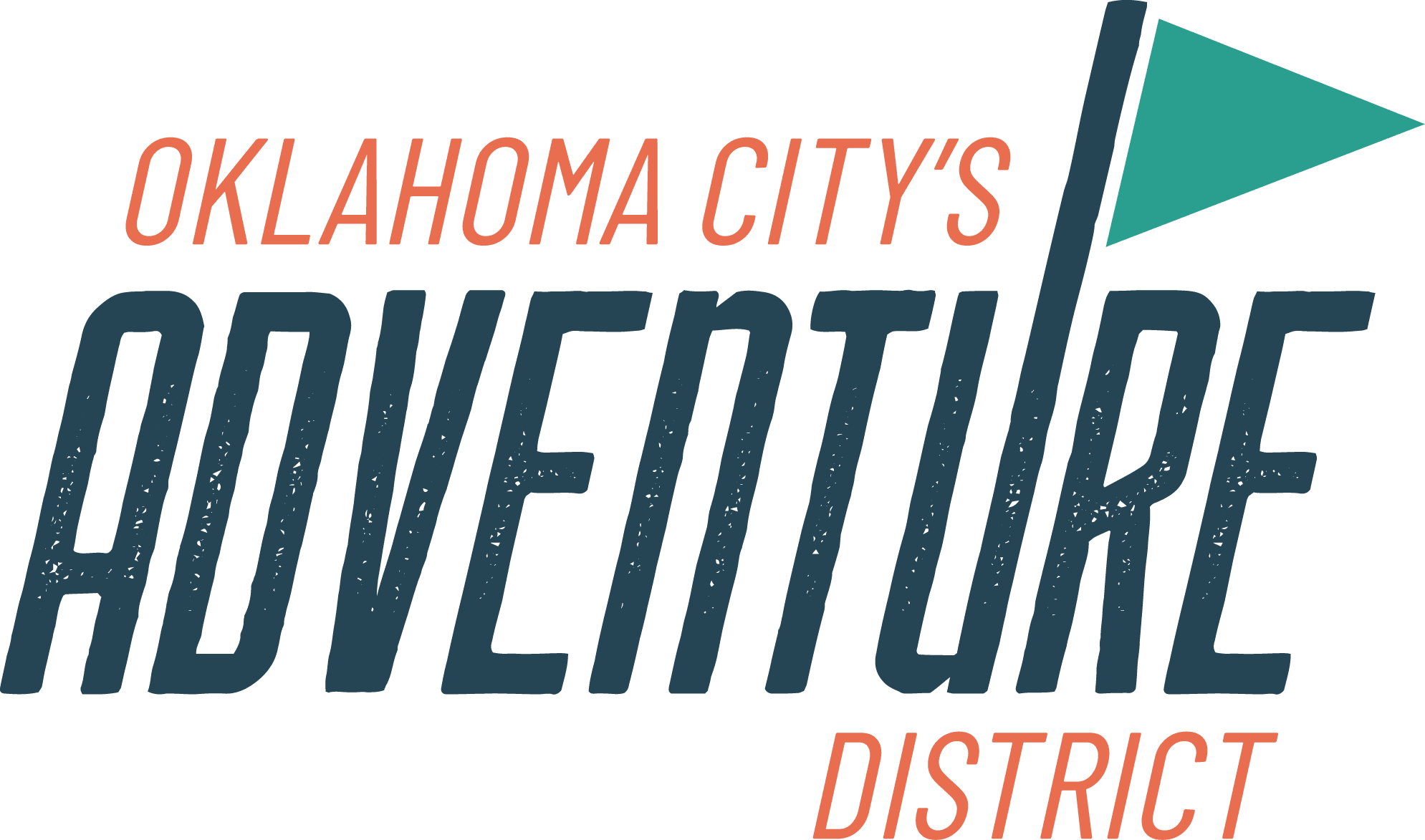Stereotypes often plague the American West. Outlaws and lawmen. War bonnets and Winchesters. Cattle drives and wagon trains. None, however, is more engrained than cowboys & Indians. For decades, they have dueled on the pages of books, the big and small screens of cinema and television, and in backyards and schoolyards across the United States and beyond. But this common phrase and theme promotes a false distinction. They were not always at odds, and cowboys and American Indians were not, and are not, mutually exclusive terms. The truth is far more complex and diverse than imagination or mythology would suggest.
Let’s look to the museum’s logo for an example. At first glance, it seems straightforward. Punctuated with a hat, bandana, buckle, and chaps, the cowboy stands in the foreground with the mountains and sky rising behind. Most visitors do not realize a real person inspired this image. Even fewer know he was Jackson Sundown, the famous Nez Perce broncho buster.
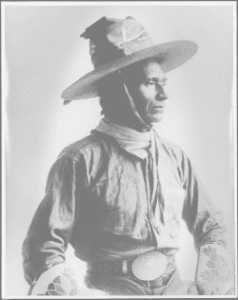
Jackson Sundown, ca. 1910. Buck Wilkerson Collection.
Born in the 1860s, Sundown spent his childhood on and around horses. As a young adult, he saw the conflict between his tribe and the federal government erupt in the Nez Perce War of 1877. Surviving the Battle of Big Hole despite his wounds, he lived for a time in Canada before returning and settling on the Flathead Reservation in Montana. He quickly gained a reputation for his riding skills and began competing locally until trying his hand at the Pendleton Round-Up. Although already in his late 40s, he bested many of the younger entrants and reportedly rode some broncs until they surrendered into complete standstills. This talent combined with his showmanship and orange, angora chaps made him a crowd favorite and endeared him to his competitors. Yakima Canutt called him a great man—well respected, friendly, proud, and intelligent.
With grit and determination, he rode at Pendleton year after year, coming close but never winning the coveted title. Finally in 1916, somewhere in his 50s, Sundown rode Casey Jones, Wiggles, and Angel to victory and became the first Native American Broncho Buster of the World. The Daily Capital Journal of Salem, Oregon reported:
Before 30,000 people yesterday, the largest single day attendance since Pendleton began staging her famous frontier show, he (Jackson Sundown) proved his right to the title. There was no question in the minds of the spectators at all…a might cry of Sundown, Sundown floated out from grandstands and bleachers and when the judges’ decision was found to conform with their preference, pandemonium reigned. Sundown rode slowly about the track. The crowd stood en masse, yelling, cheering, and waving hats with wild enthusiasm.
He accepted the prize saddle and announced his retirement. The world champion spent his later years teaching his skill to children on the reservation, while also posing for artists and photographers. The barrier he broke in 1916 still resonates today. In celebration of Native American Heritage Month and the National Cowboy & Western Heritage Museum, we remember Jackson Sundown. He challenged the perceptions and definitions of identity. He demonstrated that people are multi-faceted and not one dimensional. He was not a Nez Perce or a cowboy. He was a Nez Perce and a cowboy.
Further reading: Legends of Our Times: Native Cowboy Life. Morgan Baillargeon and Leslie Tepper. UBC Press, Vancouver. 1998.
